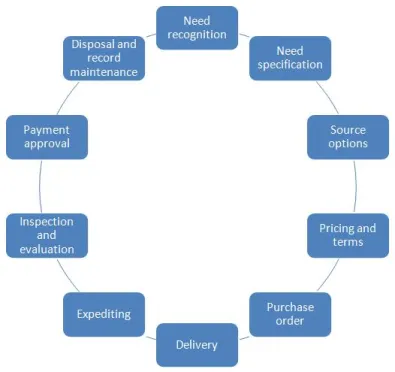Top Business Process Modeling Techniques to Streamline Your Operations
- donnariekepro
- Jun 14, 2024
- 3 min read
In today's fast-paced business environment, efficiency and adaptability are paramount. Companies are continually looking for ways to streamline their operations to stay competitive and responsive to market changes. One powerful approach to achieving this is through Business Process Modeling (BPM). BPM techniques help organizations visualize, analyze, and improve their processes, ensuring optimal performance and efficiency. Here are some of the top business process modeling techniques that can help streamline your operations.
1. Flowcharts
Flowcharts are one of the simplest and most widely used BPM techniques. They visually represent the sequence of steps in a process, making it easy to understand and analyze. Flowcharts use standardized symbols such as rectangles (process steps), diamonds (decision points), and arrows (flow direction) to illustrate the workflow. This technique is particularly useful for identifying bottlenecks, redundancies, and inefficiencies in a process.
Advantages:
Easy to create and understand
Effective for identifying process improvements
Useful for communication and training purposes
2. Business Process Model and Notation (BPMN)
BPMN is a more advanced and standardized method for business process modeling. It provides a graphical notation for specifying business processes in a Business Process Diagram (BPD). BPMN includes a wide range of symbols and notations that can represent complex process behaviors, such as parallel tasks, conditional branches, and events. This makes BPMN suitable for detailed process analysis and automation.
Advantages:
Standardized and widely recognized
Capable of modeling complex processes
Facilitates communication between technical and non-technical stakeholders
3. Data Flow Diagrams (DFD)
Data Flow Diagrams focus on the flow of information within a process. They illustrate how data is input, processed, stored, and output. DFDs use symbols such as circles (processes), arrows (data flows), and rectangles (data stores) to represent the flow of information. This technique is particularly useful for analyzing data-centric processes and identifying data redundancies and inefficiencies.
Advantages:
Highlights data movement and storage
Useful for systems analysis and design
Helps identify data-related issues in processes
4. Gantt Charts
Gantt charts are a popular project management tool that can also be applied to business process modeling. They represent the timeline of a process, showing the start and end dates of tasks, their duration, and dependencies between tasks. Gantt charts are useful for planning and scheduling processes, ensuring that tasks are completed on time and resources are allocated efficiently.
Advantages:
Provides a clear visual timeline
Helps in scheduling and resource management
Useful for tracking progress and deadlines
5. Value Stream Mapping (VSM)
Value Stream Mapping is a lean management technique that focuses on identifying and eliminating waste in processes. VSM visualizes the flow of materials and information required to deliver a product or service. It distinguishes between value-added and non-value-added activities, helping organizations streamline processes to maximize value and efficiency.
Advantages:
Focuses on value creation
Identifies and eliminates waste
Enhances process efficiency and customer satisfaction
6. Swimlane Diagrams
Swimland diagrams, also known as cross-functional flowcharts, divide a process into lanes representing different departments, teams, or individuals. This technique highlights the roles and responsibilities within a process, making it clear who is responsible for each step. Swimlane diagrams are particularly useful for identifying process handoffs and potential communication gaps.
Advantages:
Clarifies roles and responsibilities
Highlights interdepartmental interactions
Useful for improving communication and collaboration
Conclusion
Implementing the right business process modeling techniques can significantly streamline your operations, leading to improved efficiency, reduced costs, and enhanced overall performance. Whether you choose the simplicity of flowcharts, the detailed analysis of BPMN, or the waste-elimination focus of Value Stream Mapping, each technique offers unique benefits. By visualizing and analyzing your processes, you can identify areas for improvement, optimize workflows, and ensure your organization operates at peak efficiency. Adopting these BPM techniques is not just about drawing diagrams; it’s about creating a culture of continuous improvement and operational excellence.
SITES WE SUPPORT
SOCIAL LINKS




Comments